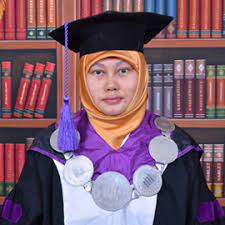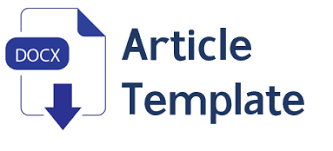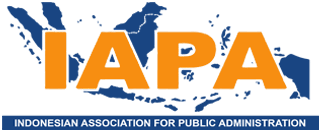Submissions
Submission Preparation Checklist
As part of the submission process, authors are required to check off their submission's compliance with all of the following items, and submissions may be returned to authors that do not adhere to these guidelines.- The submission has not been previously published, or is under consideration by another journal (or an explanation has not been provided in comments to the editor).
- Script files in OpenOffice, Microsoft Word, RTF, or WordPerfect document file formats
- When available, URLs for reference are provided
- The text adheres to the stylistic and bibliographic requirements outlined in the Author Guidelines, which is found in About the Journal
- If submitting to a peer-reviewed section of the journal, the instructions in Ensuring a Blind Review have been followed
- There is no article processing charges (APC) and no submission charges for publishing article in this journal.
-
We are notified to the authors who will publish their research results in the Jurnal Sosial Humaniora subject to a publication fee of IDR 750,000 after the paper is declared accepted. The author will get one hard copy after the paper published in the Journal of Social Humanities.
The journal policy is not to use colorful images. If the article has pictorial and meaningful color, it is subject to a charge of IDR 50,000 per image.
This policy was put into effect starting from vol 11 no 2, 2020, until now.
Copyright Notice
Authors submitting manuscripts must understand and agree to copyright the manuscript of the article was transferred to OJS Djuanda University. All rights reserved. The copyright release statement for the Jurnal sosial Humaniora is set out in the Agreement Transfer of Copyright. This work is licensed under Creative Commons Attribution-ShareAlike (CC BY-SA) version 4.0 where Author and Readers can copy and redistribute material in any media or format , as well as mixing, modifying and building materials for any purpose, but they must provide appropriate credit (citing articles or content), provides a link to the license, and indicates when changes have been made. If you mix, modify, or develop, the materials you have to distribute your contributions are under the same license as the originals.

















